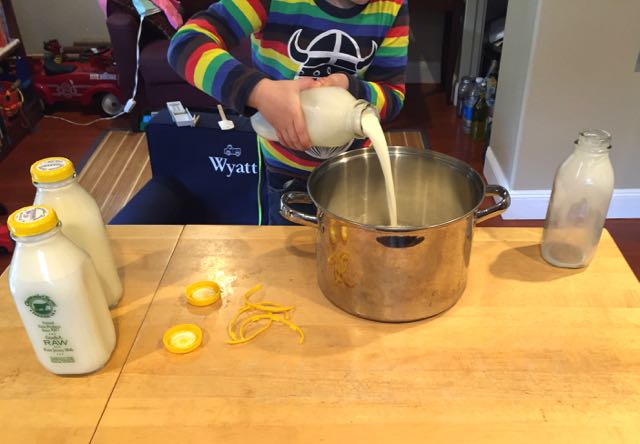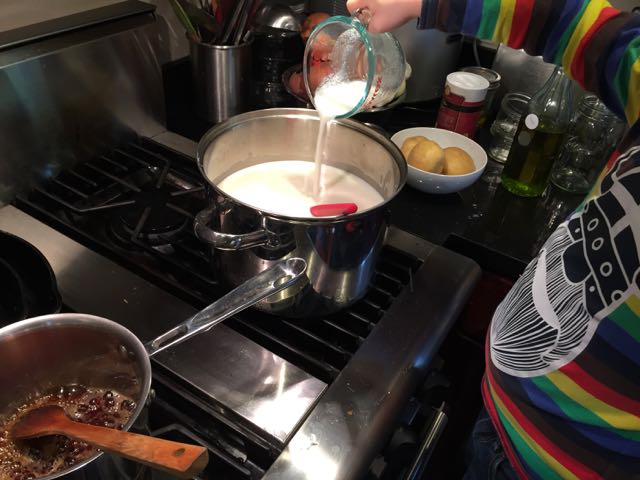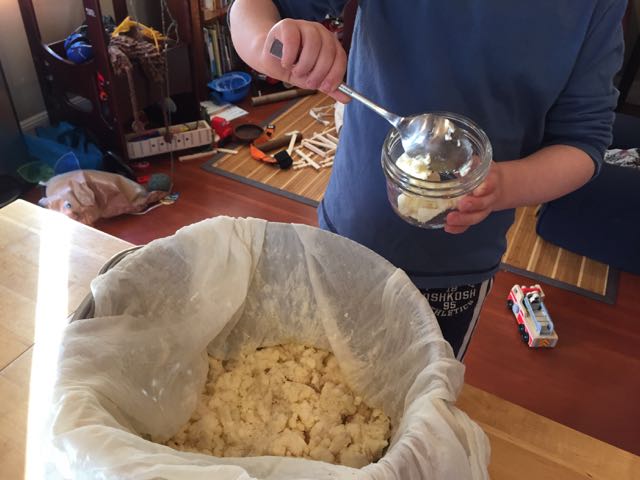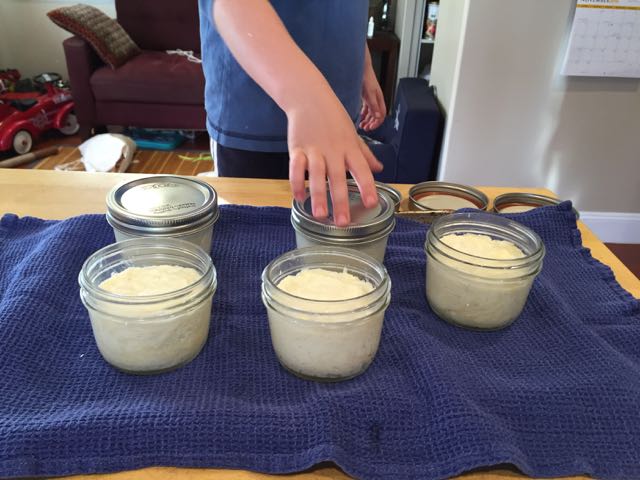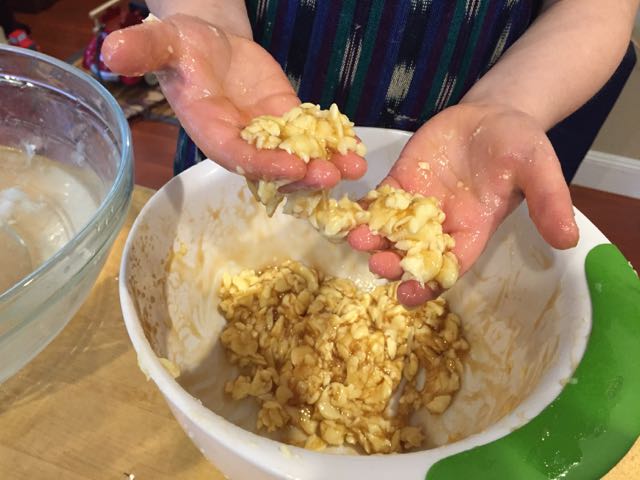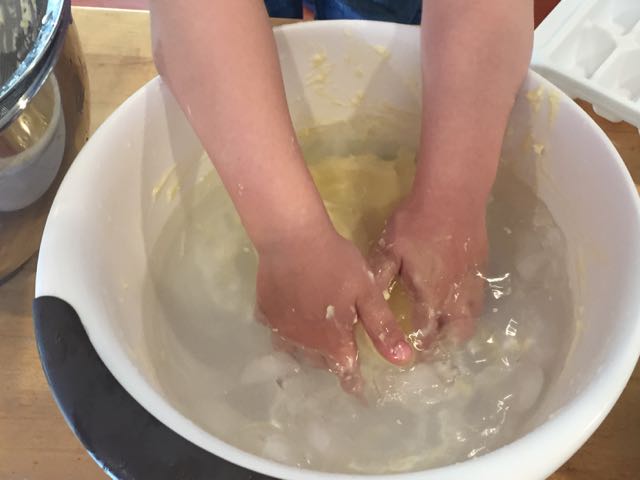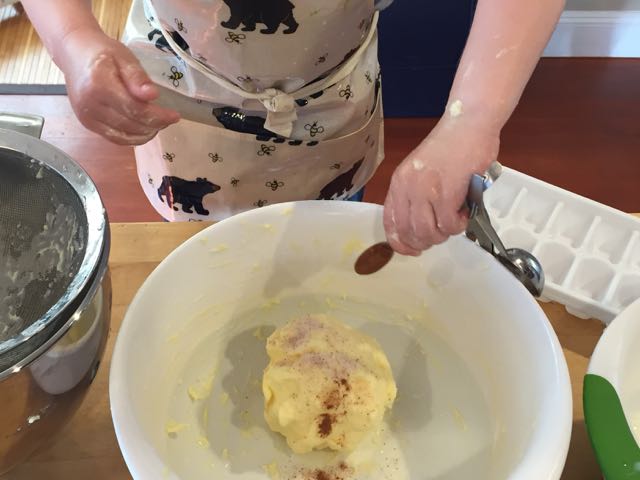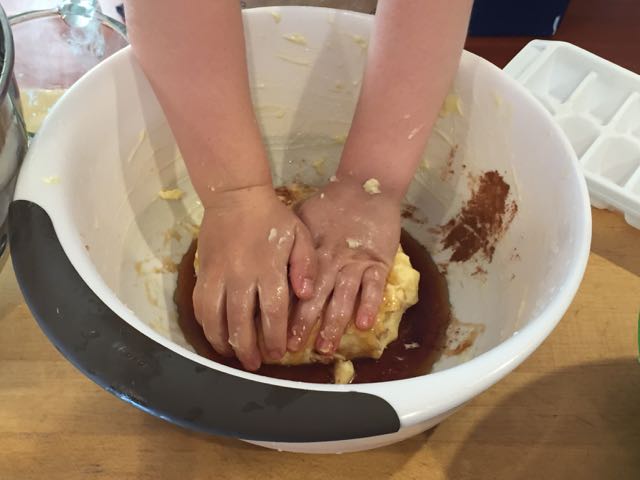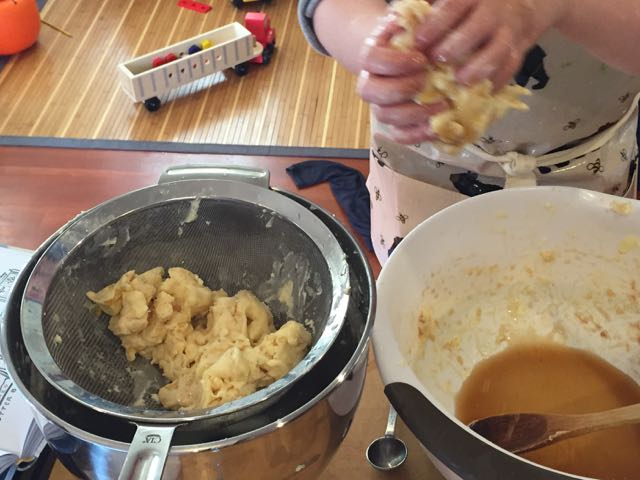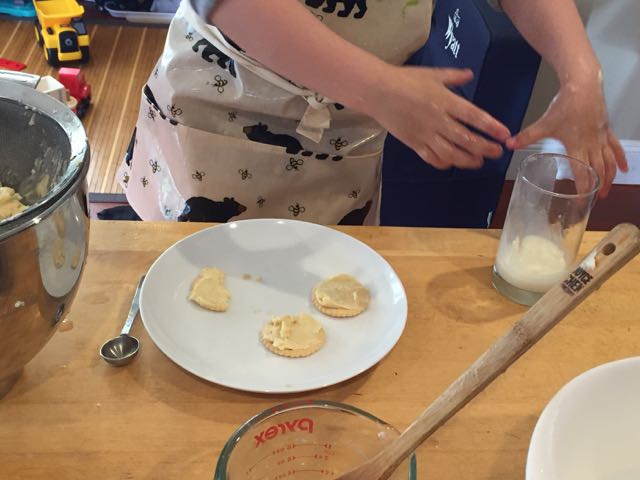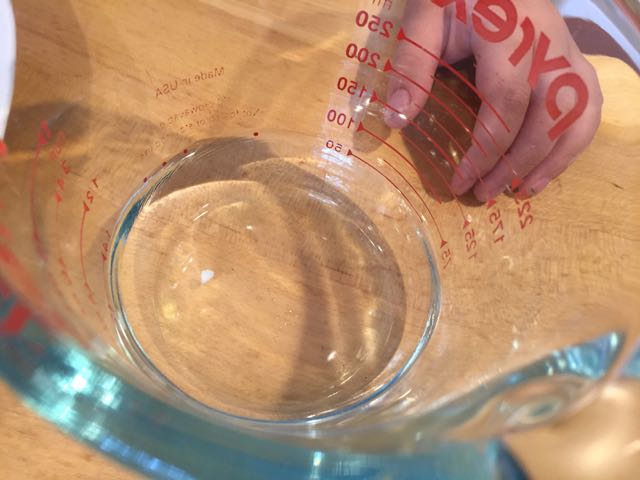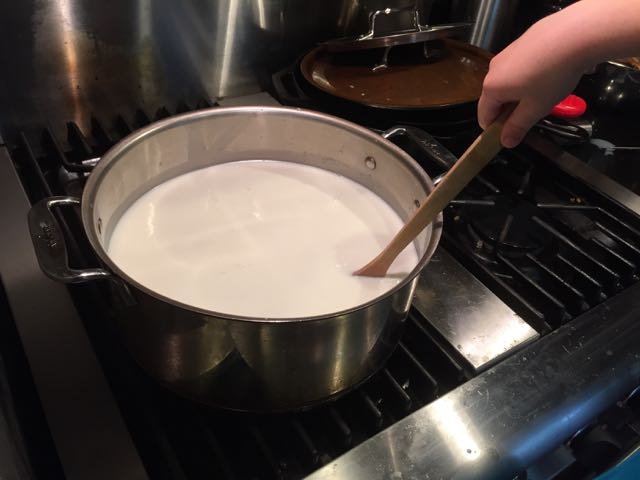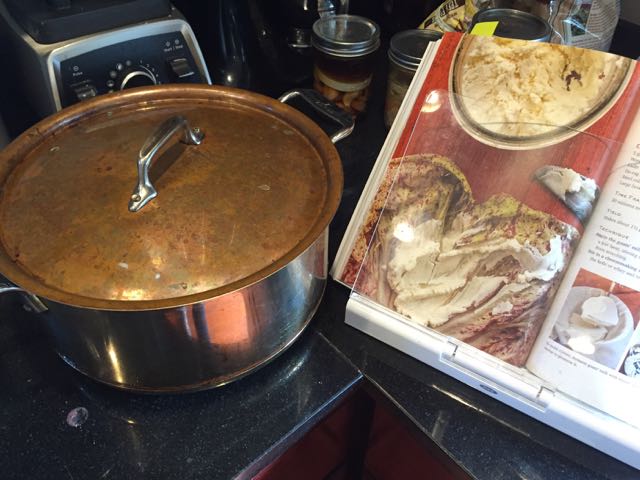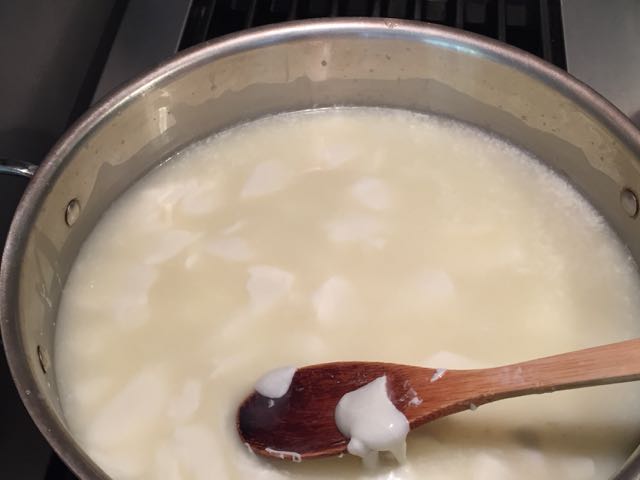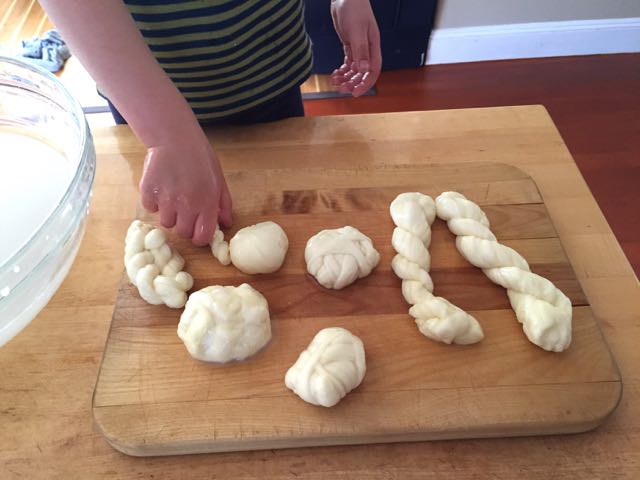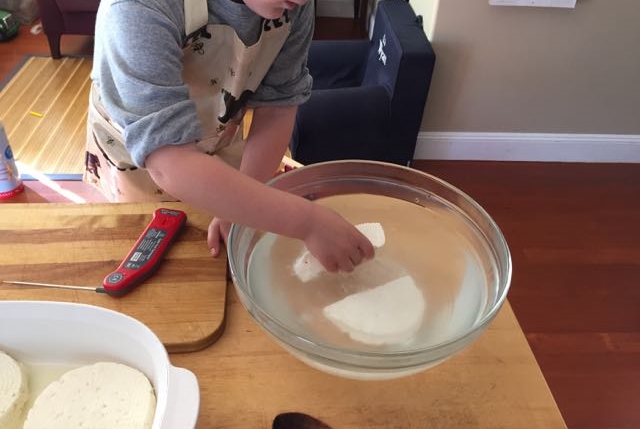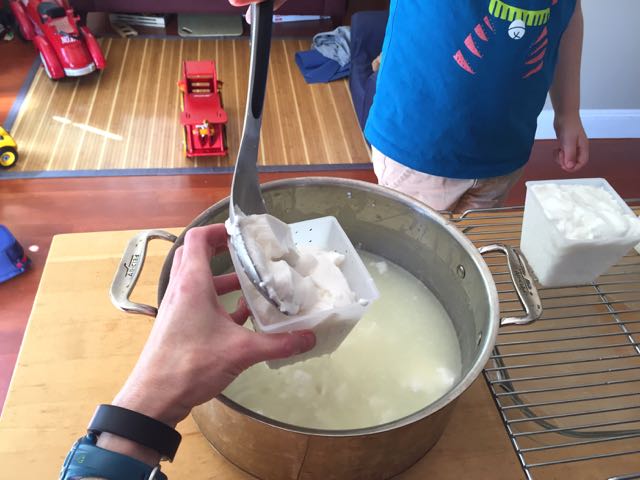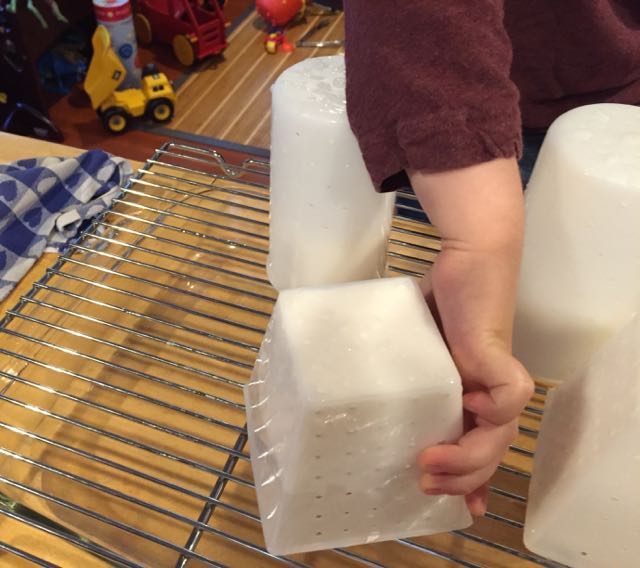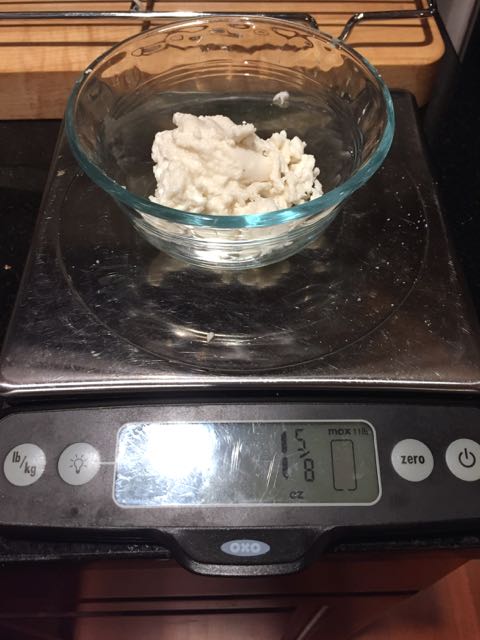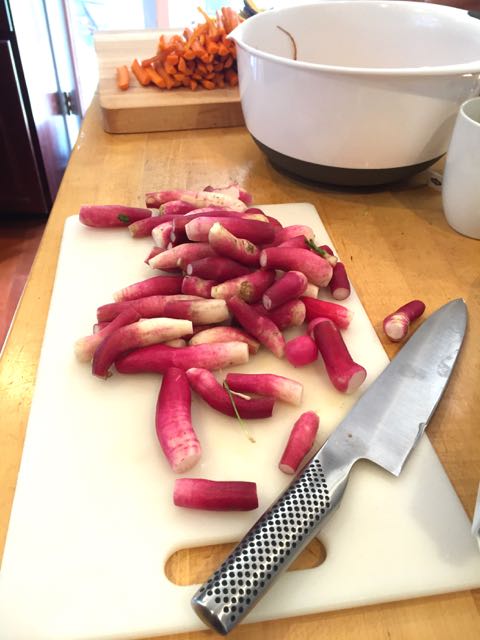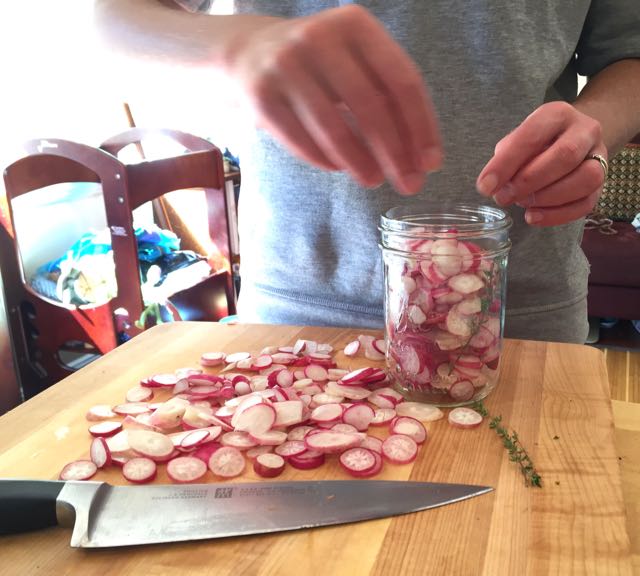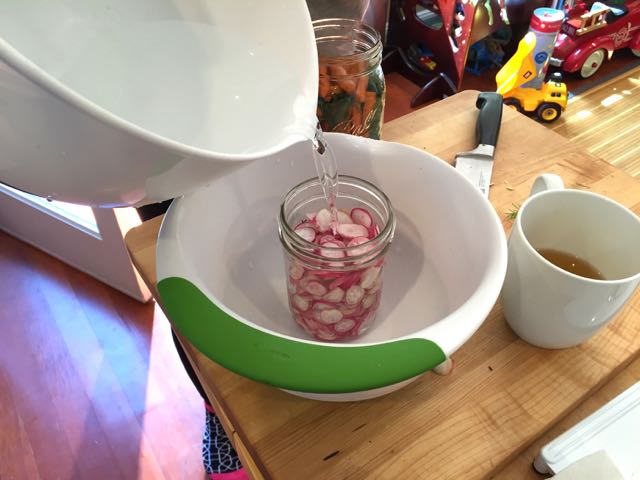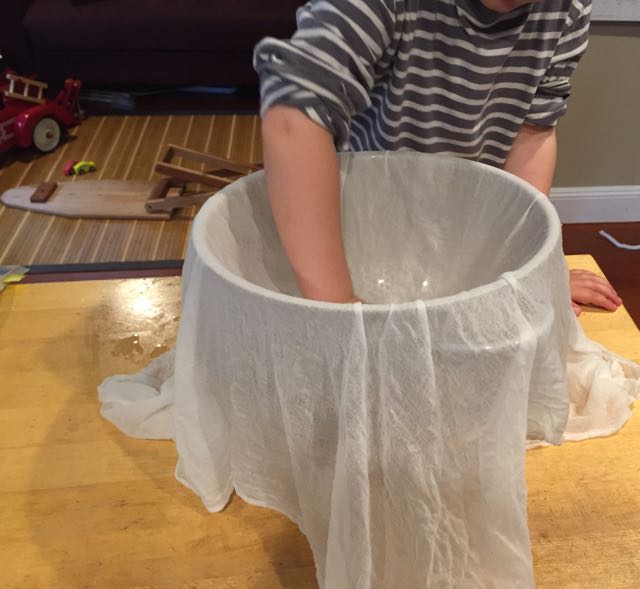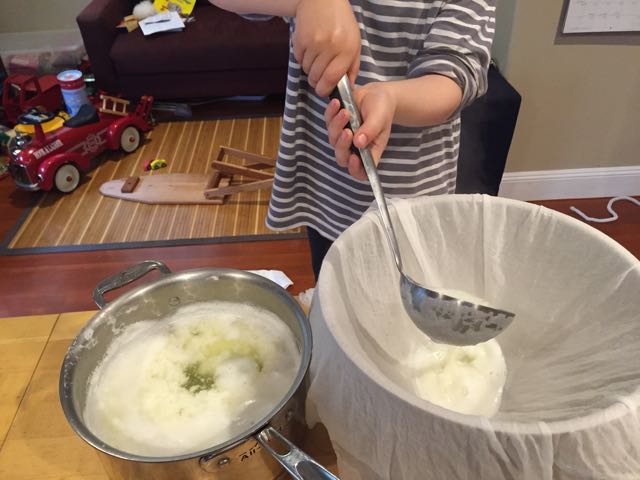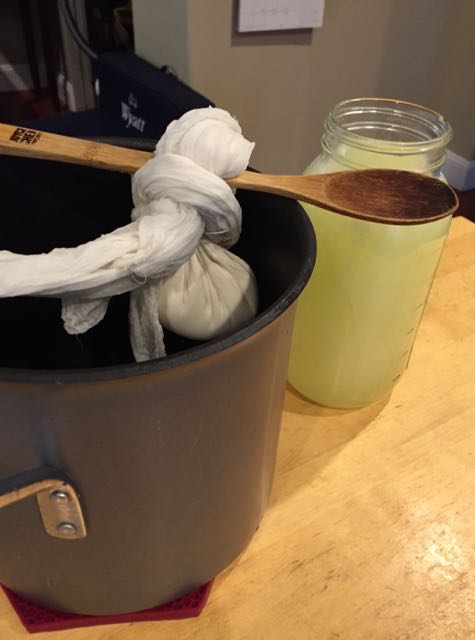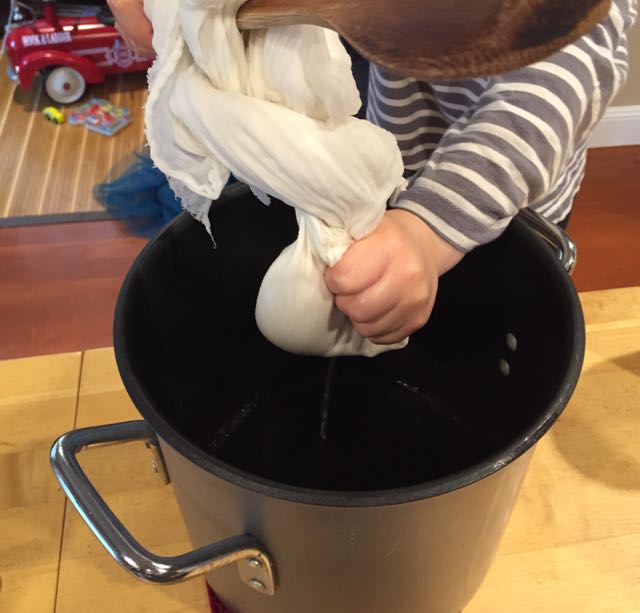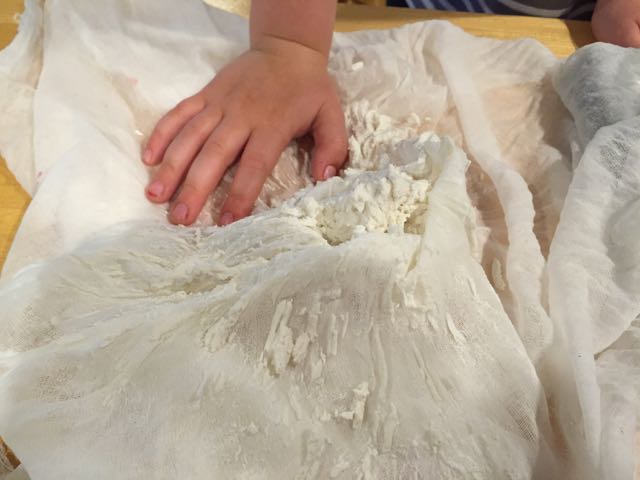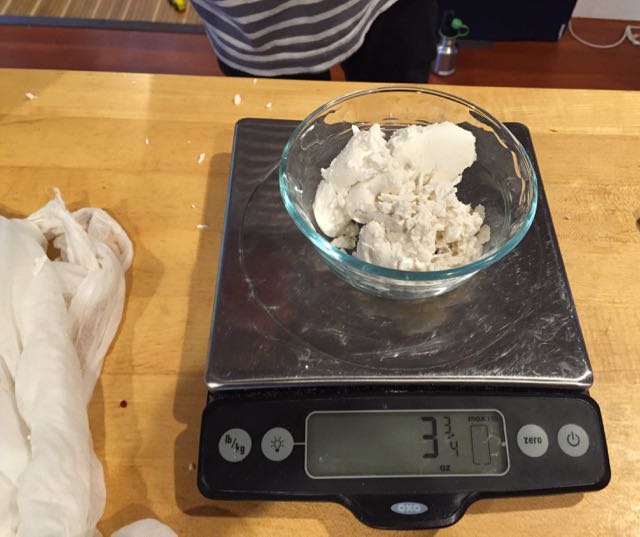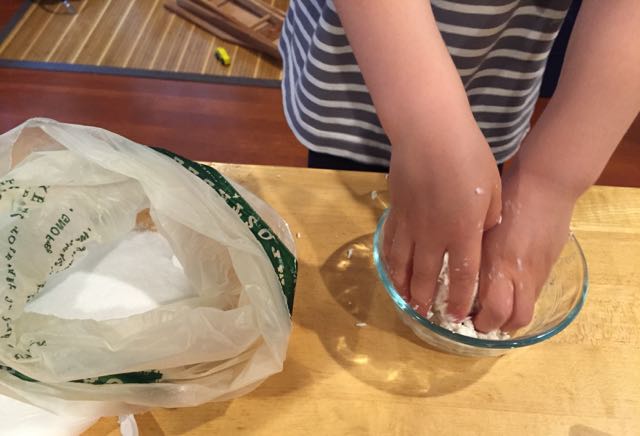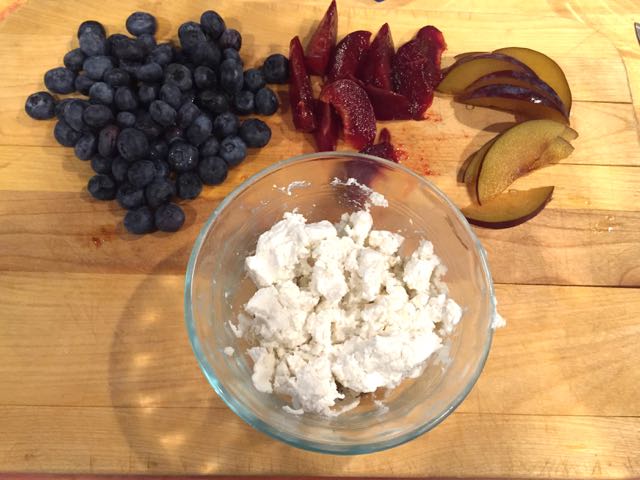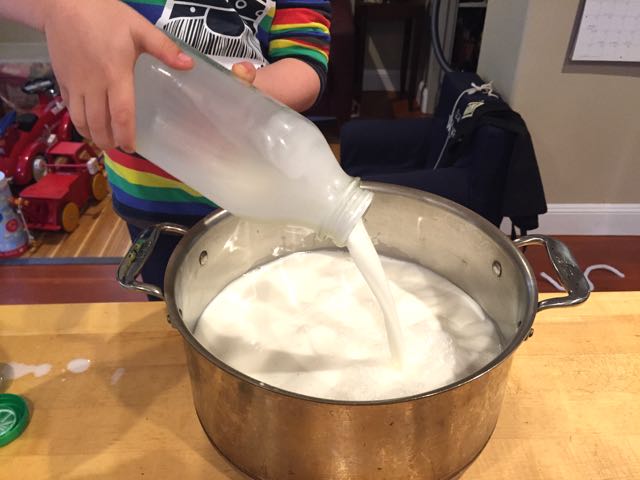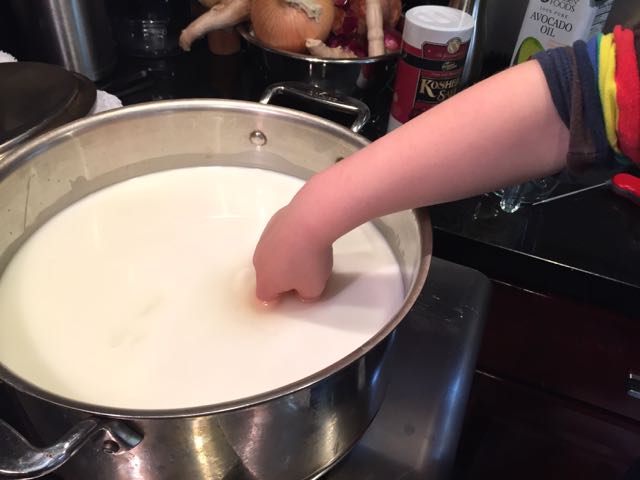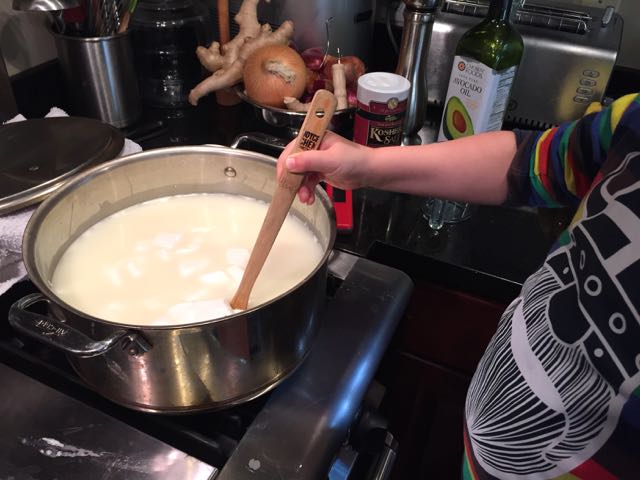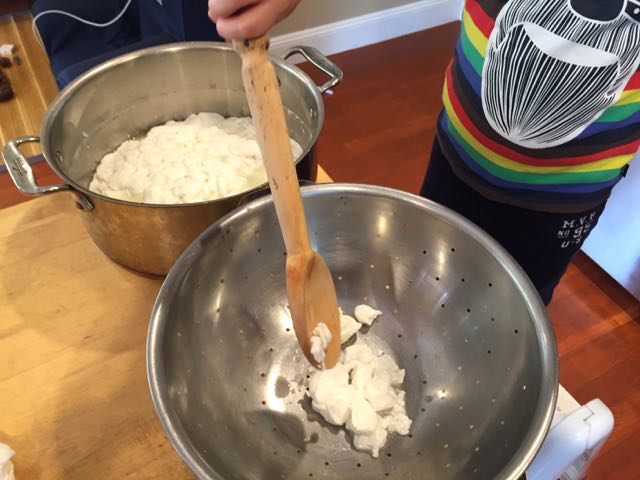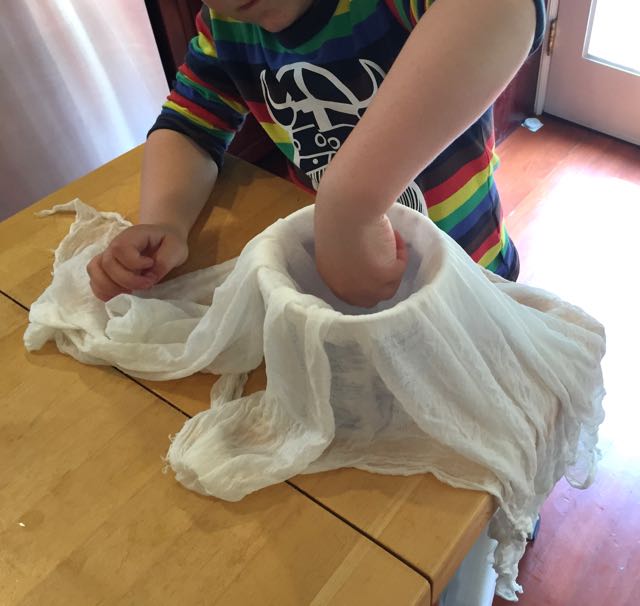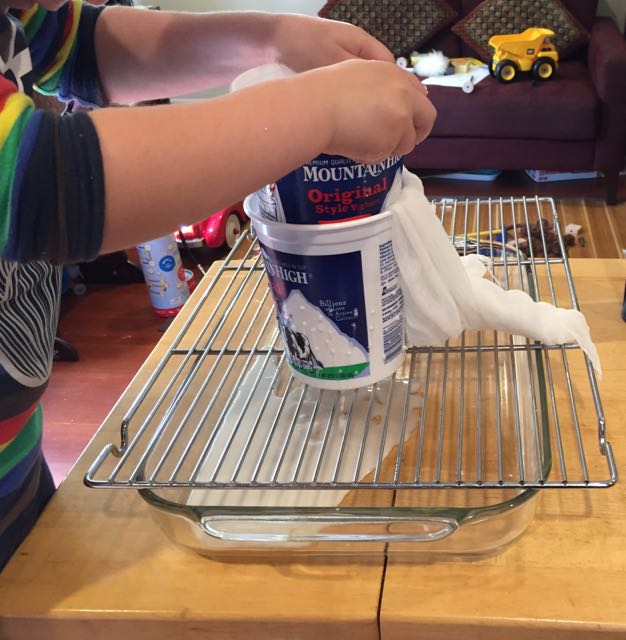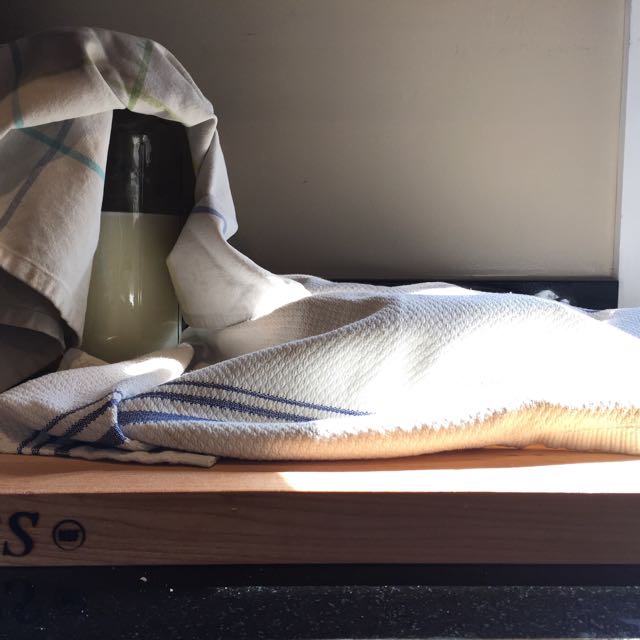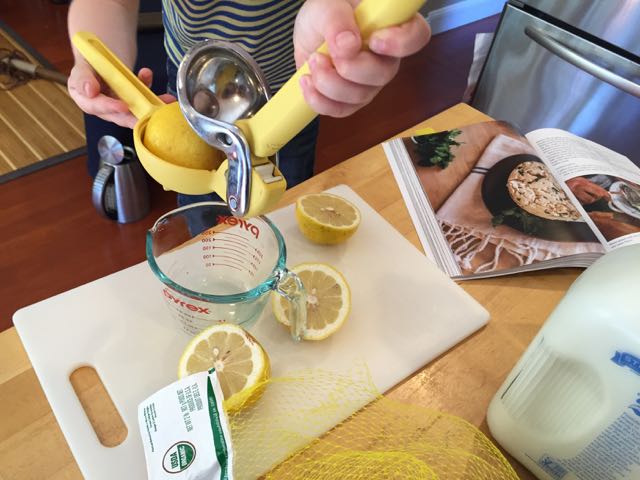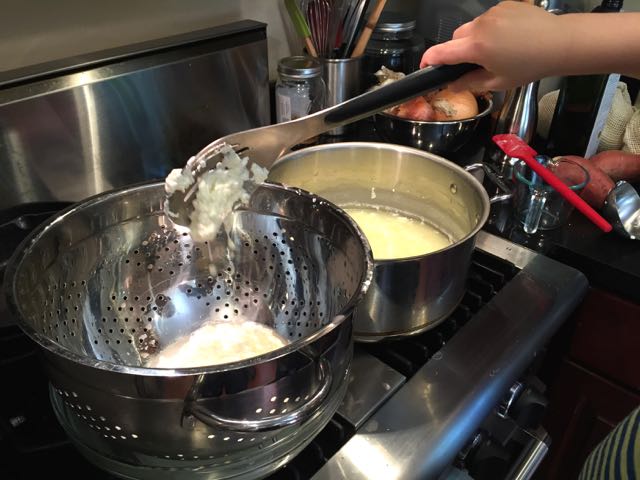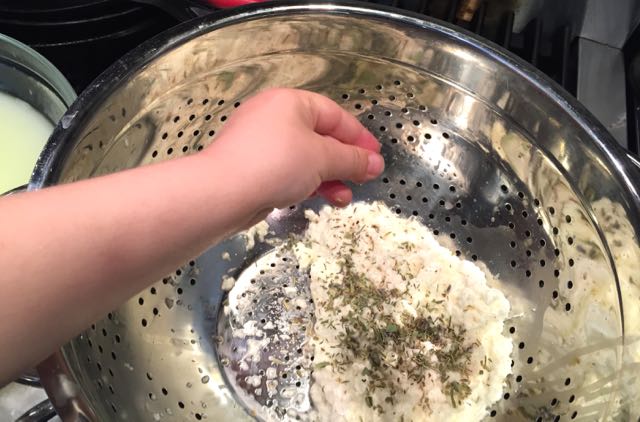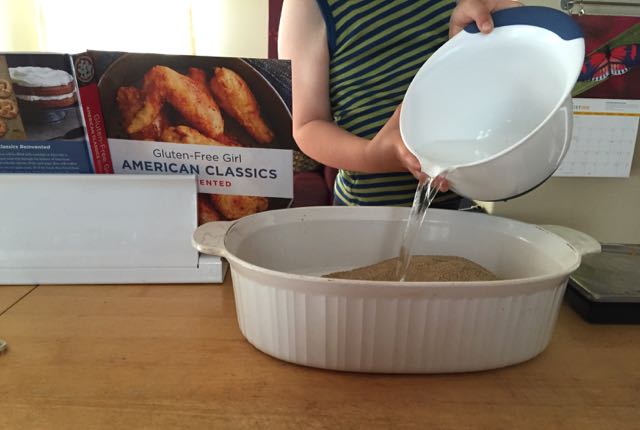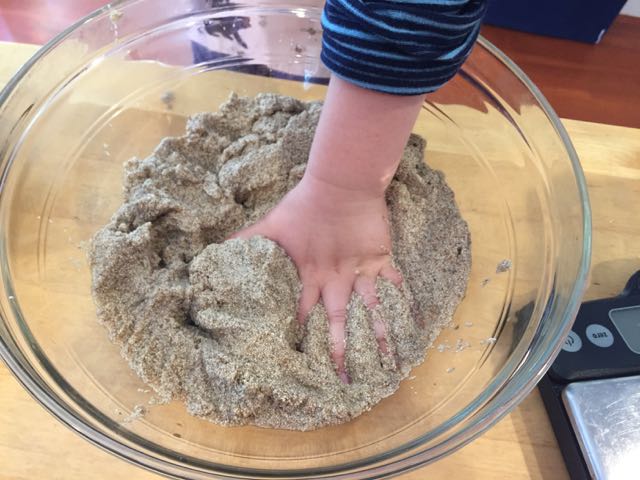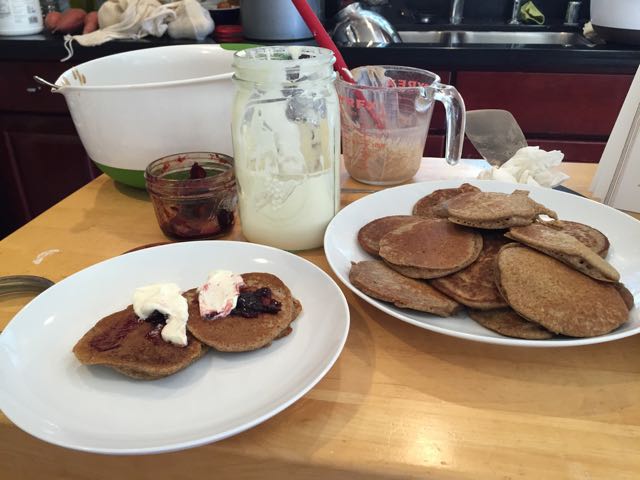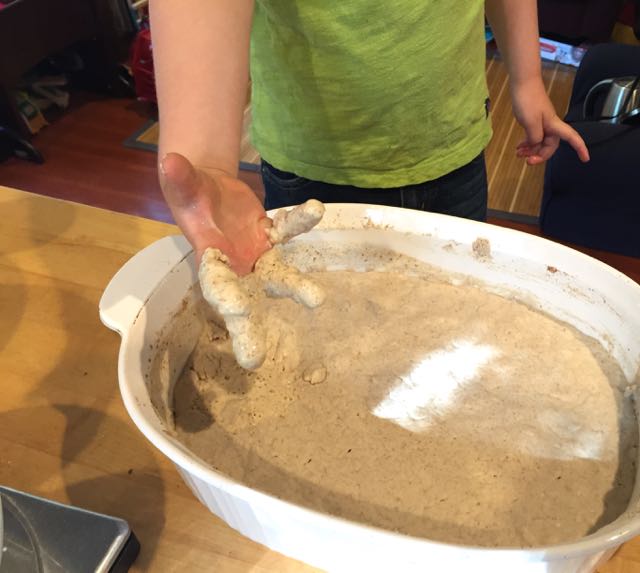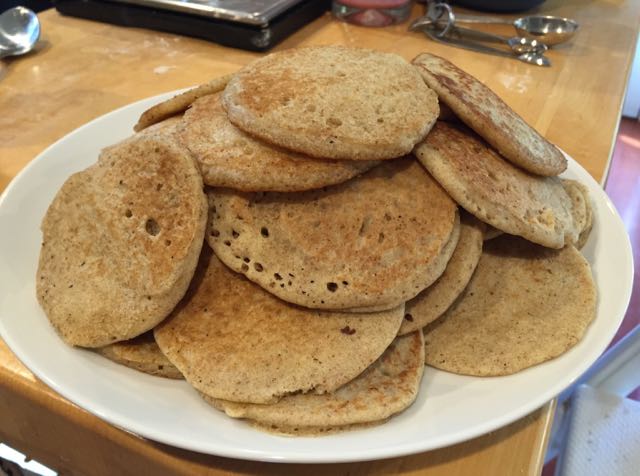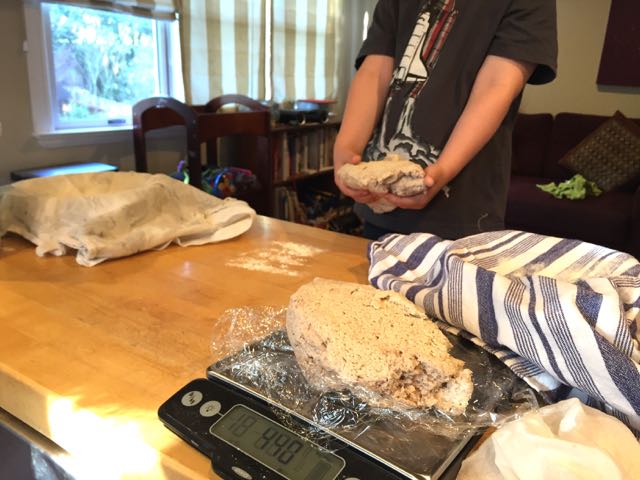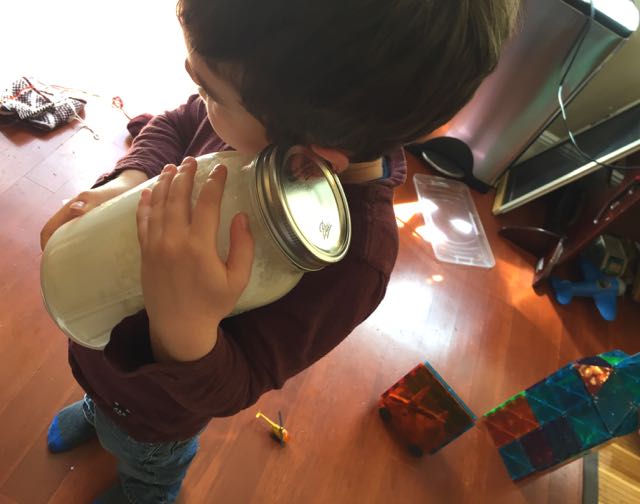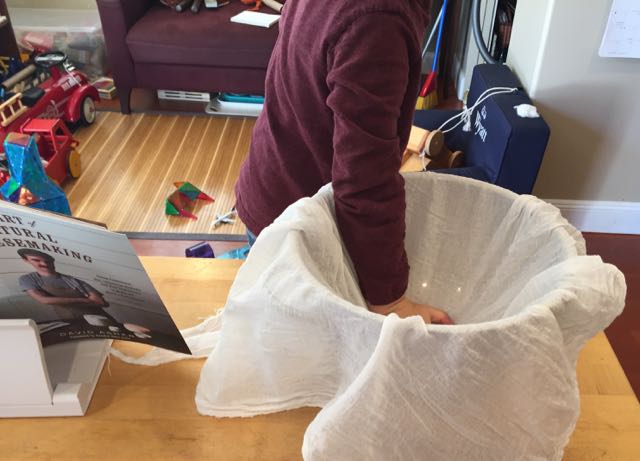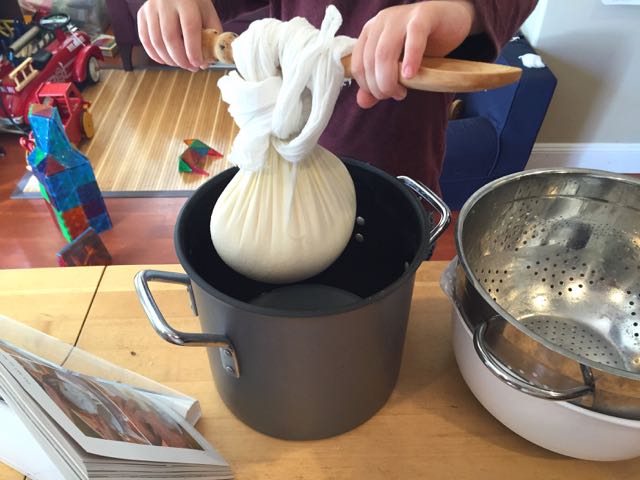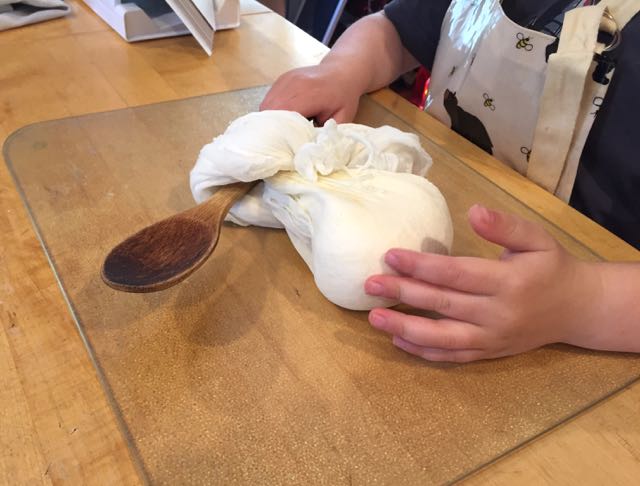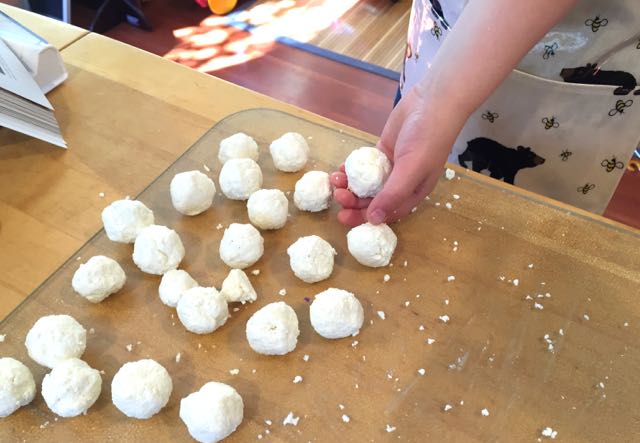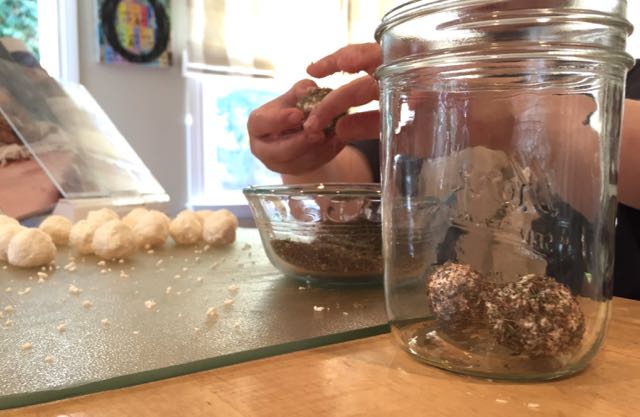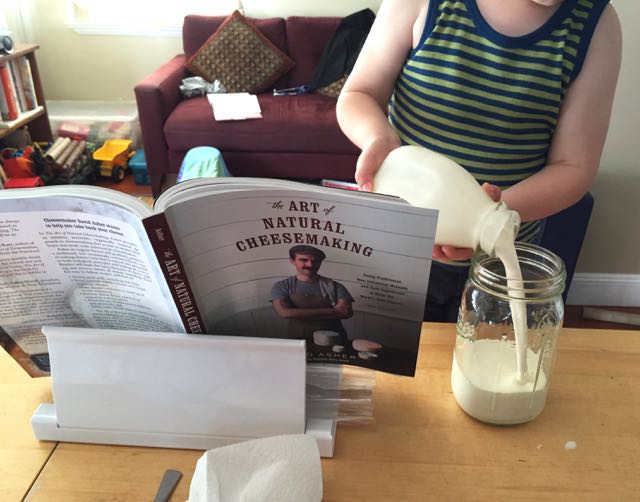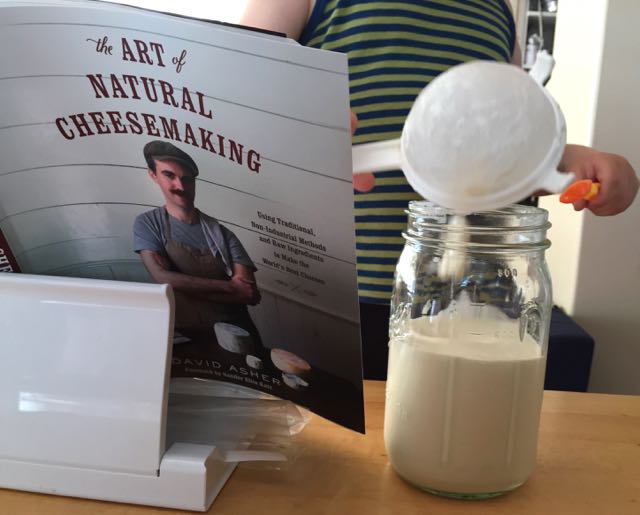Homemade Yogurt
I am astounded by the number of types of yogurt for sale at the market. There are all kinds, Icelandic, Greek, Russian, Bulgarian, flavored and unflavored; but I have tried very few of them. Ever since I started making yogurt almost four years ago, I shop for milk instead. I've settled on Saint Benoit, organic Jersey whole milk, which makes a lovely yogurt with great texture and flavor.
If you're interested in reading about (or listening to a story about) the process behind commercial yogurt making, NPR did a piece on it in 2015. Homemade yogurt is different from commercial yogurt. When you make yogurt at home, you can achieve a tastier and much more active product than what you buy at the store.
My basic process for making yogurt has always been to heat two quarts of milk to about 185 degrees Fahrenheit, cool the milk to about 117 degrees, mix in three tablespoons of yogurt from my previous batch (the first time I made it, I used Saint Benoit plain yogurt that I had purchased--amazingly, the culture was so strong that I haven't ever had to buy another starter) and then pour the mixture into a container with a lid. I wrap the container in dish towels, turn on the light in the oven, and incubate the yogurt in the oven overnight.
I have had a few yogurt mishaps. It seems like they mostly happened when I tried to incubate yogurt during the day. Two or three times, I turned the oven on, and about 15 minutes later, I wondered why the kitchen smelled like someone had been ironing. And then there was the time when I forgot about the yogurt, turned the oven on to 425 degrees, eventually smelled scorching cotton, and I freaked out. I moved way too hastily, slopping almost all of the yogurt out of the covered casserole dish and onto the inside of the oven and oven door, and all over the floor. The yogurt dripped everywhere, including between the panes of the oven door window, where I couldn't clean. I had to call our favorite appliance repair shop, Otto's Appliance Service, because I couldn't dismantle the door myself. As Otto remarked to me good naturedly, once he had the door on the floor and in pieces, "You could have bought a lot of yogurt for this service call." He wasn't wrong.
Since that incident, I bought a big Fido jar that seals nicely, and I have gotten much better about remembering when the yogurt is in the oven. For the last couple of years, I have had my yogurt process dialed-in.
But recently, when it was time to make more yogurt, I remembered that David Asher's The Art of Natural Cheesemaking includes a section on making yogurt. Earlier, I had breezed by that chapter because I was already making yogurt. This time, I read it. David insists that the person making the yogurt must pay attention to the milk during the entire heating and cooling process. That means 30-60 minutes of constant stirring of the milk at 185 degrees, and constant stirring during the cooling period, as well. I groaned inwardly at the thought of stirring milk for over an hour. My approach had always been to reach the target temperature as quickly as I could without scorching the milk, then leave the milk to cool down on its own, checking the temperature every 15 or 20 minutes. Sure I'd get a skin on the milk, but whatever. Right? I wondered what a difference an hour or more of active time on yogurt would make.
The first night I tried David's technique, I explained to Marc what I was doing. Marc shook his head and said, "Why would you do this to yourself?" Good question. But my bigger concern was that we'd prefer this more time-intensive yogurt.
I was right to worry. David's approach to making yogurt* results in a far superior product. The texture is creamier, the flavor is well-balanced, and less whey seems to separate from the yogurt once it has been in the refrigerator for a few days. In fact, the yogurt tastes so much better than the yogurt I used to make that I have gotten in the habit of saving some favorite podcasts for while I stand and stir for over an hour every two weeks or so.
Yogurt making is not an activity that I can do with Wyatt at this point. After a couple of minutes of stirring, like any reasonable person, he's ready for both of us to move on to something more exciting. He does, however, love to "wake the yogurt up" when it's done culturing by opening the oven door, removing the kitchen towels and pulling the giant jar out so he can eat fresh yogurt for breakfast.
Am I being ridiculous to spend so much time making yogurt? Maybe. Or maybe not. It's really good yogurt. And in my defense (if I need one) I'll note that even I have limits. I have consciously decided not to try cooking the milk for more than 30 minutes. The range David suggests is 30-60 minutes of stirring at 185 degrees, and the longer the milk cooks, the thicker the yogurt will be. Because there is a pretty good chance we will love the longer-stirred yogurt even more, I'm not going there.





My Yogurt Recipe
Ingredients
- 2 liters (or 2 quarts) of milk
- 3 tablespoons of yogurt starter
Equipment
- A large pot, spoon or spatula, thermometer, glass jar(s) with lid(s), towels, oven or warm place for incubation.
Method:
- Take 3 tablespoons of your yogurt starter out of the refrigerator and put it on the counter so it can come to room temperature.
- Turn on the oven light.
- Heat two liters of milk over medium heat, stirring occasionally, until it reaches 185 degrees Fahrenheit.
- Set a timer for 30 minutes, start stirring, and don't stop stirring. Keep checking that the temperature of the milk is 185 degrees. Raise or lower the heat of the burner as needed to maintain 185 degrees.
- After 30 minutes, remove the pot of milk from the heat and keep stirring. Check the temperature occasionally and when it hits 117 degrees or so, stir in the 3 tablespoons of yogurt.
- Pour the milk and yogurt mixture into the jar(s) you will be using to ferment the yogurt. Close the containers and wrap kitchen towels around them to keep them warm. Place the jars in a warm spot (like an oven that is off but has the light on). I usually let the yogurt ferment for 10 hours or so.
- Wake your yogurt up in the morning, just in time for breakfast.
*David makes his yogurt with kefir culture. I'm happy with our yogurt culture, so I haven't switched to making kefir based yogurt.


